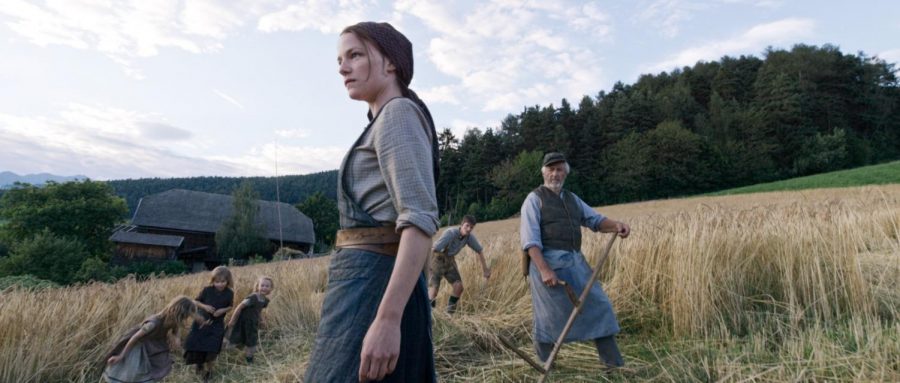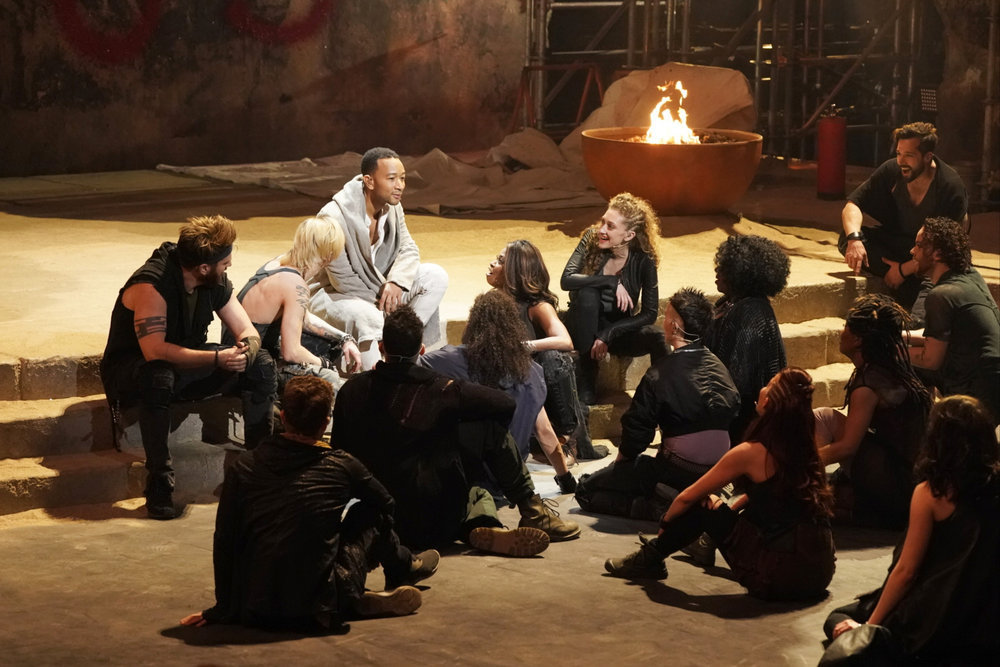“A Hidden Life” is the latest film from director Terrence Malick, known for films such as “Days of Heaven”, “The Thin Red Line” and “The Tree of Life.” The director is infamous for his refusal to do interviews and public appearances, as well as not releasing any films between 1978 and 1998. In the past decade, his production has increased. The 2010s have seen five feature films directed by Malick, including the Palme d’Or-winning “The Tree of Life.” His films have gotten increasingly more experimental and increasingly more divisive. “A Hidden Life” premiered at the Cannes Film Festival last year and promised to be Malick’s most straightforward narrative since his work in the 1970s. At Cannes, the film won the François Chalais Prize and Prize of the Ecumenical Jury. In late 2019, the film had a small theatrical release. Unfortunately, the film does not reach the greatness of many of Malick’s other works.
The film tells the true story of Franz Jägerstätter (August Diehl), an Austrian farmer who refuses to support and fight for the Nazis. After he refuses to salute Hitler, the people in his village start to harass him and his family. He is imprisoned because he refuses to support the Nazis, and his wife (Valerie Pachner) struggles back in their home village of Radegund.
The film opens with newsreel footage showing Nazis and their large crowds of supporters. This sets the stage for Franz’s refusal to support the Nazis. Despite almost everybody around him following the Nazis, Franz morally refuses to. Every Nazi character who talks to Franz asks him if he thinks what he is doing will make a difference. Several of these characters are played by well-known German actors such as Bruno Ganz and Matthias Schoenaerts. Franz’s response each time is that his conscience and morality cannot allow him to fight for the Nazis. The film ends with a quote where the meaning of the film’s title is revealed.
As with most of Malick’s films, the film looks breathtaking, particularly the shots of nature. In Franz’s home of Radegund, the audience sees large green plains with gigantic mountains above the clouds in the background. Lengthy shots of nature are common, though they do not add to the film’s themes with the same depth and nuance that they do in “The Thin Red Line” or “The Tree of Life”. Here, they can often backfire due to their slow pace, alongside a slow plot. While the slow pace of shots can build atmosphere and immerse the audience into the film’s world, it also risks making the audience’s mind wander off. The film’s use of a wide-angle lens also becomes distracting. The wide-angle lens works for wide landscaping shots, but in other places distorts characters closer to the camera, distracting the viewer.
One of the strangest choices made in the film is to have some characters speaking English, while other characters speak in German with no subtitles. There seems to be no rhyme or reason to which characters speak in English and which speak in German. The German speaking characters are all minor characters with seemingly no plot importance, but then the question arises of why even include their dialogue in the film when the film is already extremely long.
The film’s running time is just around three hours. The film does not need to be nearly that long. The second half of the film, after Franz goes to prison, wastes a lot of time and slows down the film. The second half alternates between showing Franz in prison, and his wife struggling back in their home village, all narrated through letters between the couple. These scenes become repetitive. Many of these scenes do not add anything to the plot and just show aspects of the characters that the audience has already been shown.
Overall, I would only recommend the film to fans of Malick’s work. If you have not seen any of Malick’s films before, this wouldn’t be the best place to start and may alienate you from seeing his better films.
Scott Lerer can be reached at [email protected].



















